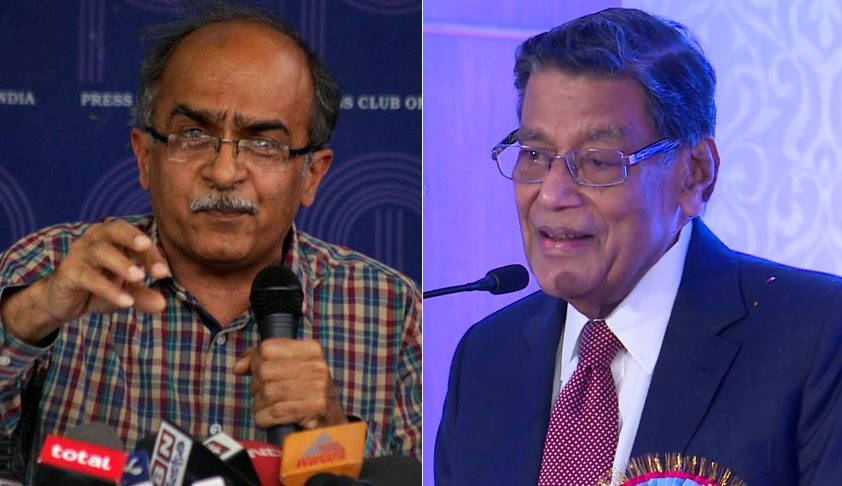SC Interacts With IAF Officials During High Voltage Rafale Hearing
MEHAL JAIN
14 Nov 2018 7:58 PM IST

Next Story
14 Nov 2018 7:58 PM IST
As the hearing in connection with the controversial Rafale deal continued post lunch, Chief Justice Ranjan Gogoi interacted with Air Marshal V R Chaudhari and two other officers from Indian Air Force as to the requirements of the Airforce.“What has been the latest induction in the IAF in terms of combat aircraft?”, he asked.When the Air Marshall cited the relevant type, the Chief...
